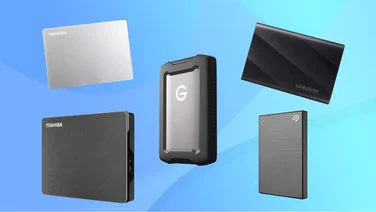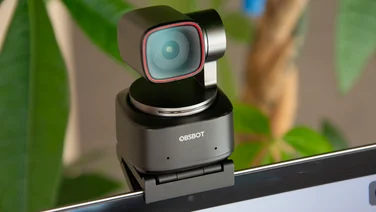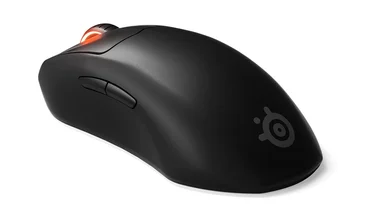To help us provide you with free impartial advice, we may earn a commission if you buy through links on our site. Learn more

Canon’s CanoScan LiDE 220 is a slimline desktop scanner made from smart black plastic, with a finish on the lid that looks like machined alloy. There’s no backlight for scanning film, but it can capture reflective documents at resolutions up to an extremely detailed 4,800 dots per inch (dpi) – enough to turn a postage stamp into a 4K still. It can also output scans with a 48-bit colour/16-bit greyscale depth, although you’ll need to manually enable the feature as not all imaging applications support the results.

Not all imaging applications support 48-bit scanning, so it’s not enabled by default
Like many modern scanners, the LiDE 220 takes all the power it needs from its USB connection, so it doesn’t need a bulky power adaptor. The stand lets you balance the scanner on its side, but we’re not really sure why: it’s hard to stop documents simply sliding off the platen glass before you can trap them with the lid. The footprint is reduced and the desk looks less cluttered, at least until you swing the lid open and knock your desk tidy over.

Used conventionally, the LiDE 220 makes much more sense. At the front, five action buttons allow you to trigger a photocopy, create an email with a scanned attachment, produce a single or multi-page PDF file, or just create an image. A clever ‘Z’ arrangement in the hinge allows the lid to close flat even on quite thick originals, but we weren’t too impressed by the saggy white card plate lining the underside: it’s fixed only at its four corners.
The LiDE 220 misses out on Canon’s excellent CaptureOnTouch software, supplied with its more expensive document scanners, but it still comes with a decent package. Canon’s TWAIN interface, used to import scans directly into almost any imaging software, is one of the best. It operates in basic and advanced modes that are easy to use, and which between them cover everything you could need. Other software lets you adjust detailed settings for the front-panel buttons or for scans controlled from the PC. We were pleased to see that by default, PDF scans employ optical character recognition (OCR) to create a searchable document.

With thumbnail mode you can scan multiple originals at once – the software will separate and crop them for you

Gutter shadow correction compensates for originals that can’t lie flat on the platen, as seen here near the spine
While it isn’t slow, the LiDE 220 exhibited the same relaxed pace as other USB-powered scanners. It previewed the platen in 15 seconds, took the same time to capture an A4 document at 150dpi, and needed 18 seconds to scan it at 300dpi. At 600dpi it captured a 6×4″ photo in just 21 seconds, but at 1,200dpi it needed 68 seconds. In use it was fairly quiet, but there was a slightly harsh note in the 10 seconds or so it took the scan head to return to its resting position. Image quality was faultless: scans were sharply focused, with accurate colour reproduction and a high dynamic range – both the lightest and darkest shade details were preserved.
We’d recommend the LiDE 220, but only if you really need its high resolution and extra bit-depth. If not, a cheaper scanner would do, or for the same money you could buy a mid-range multifunction peripheral and get prints and copies thrown in.






